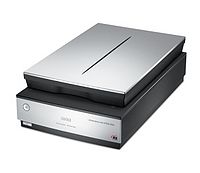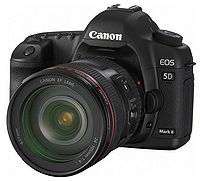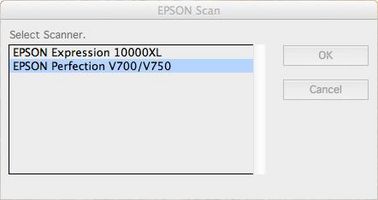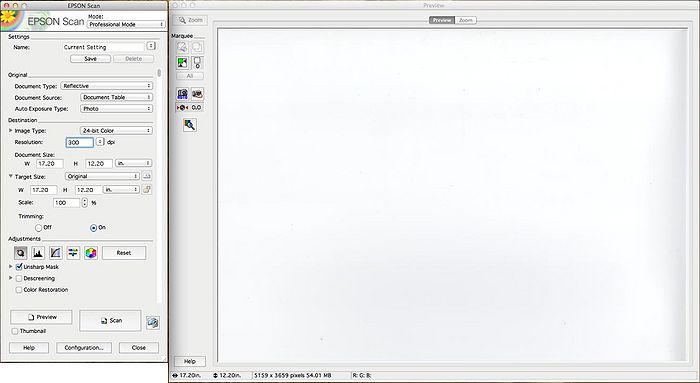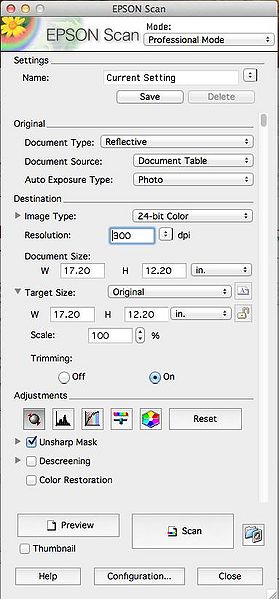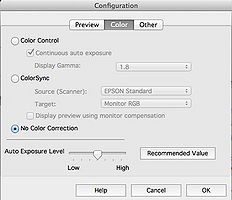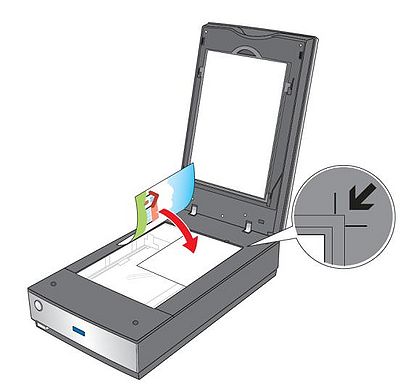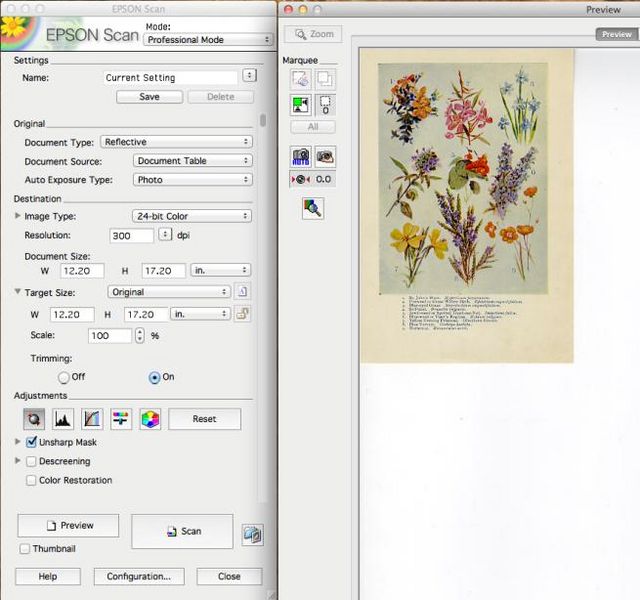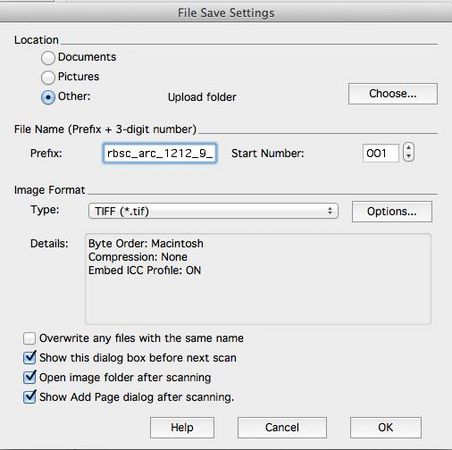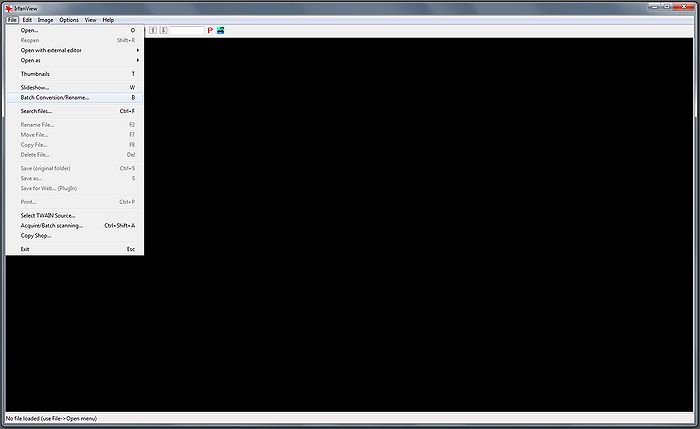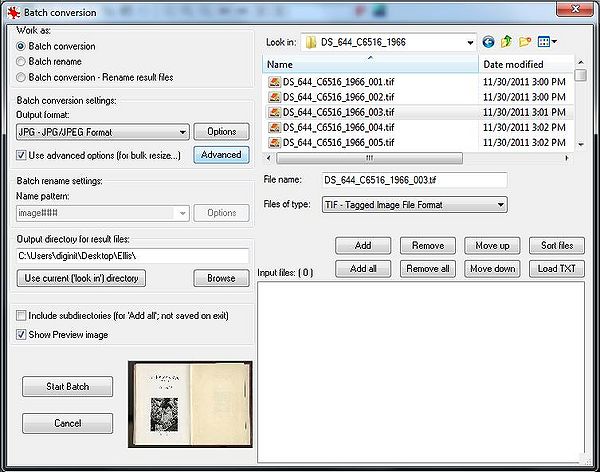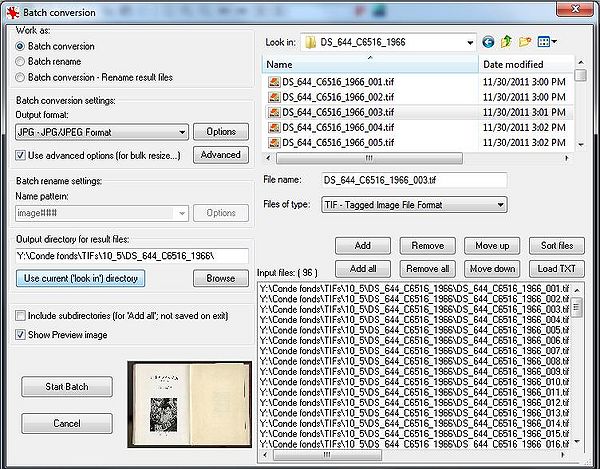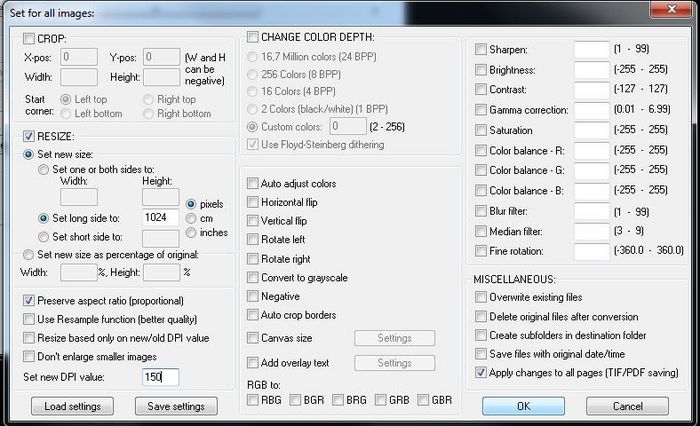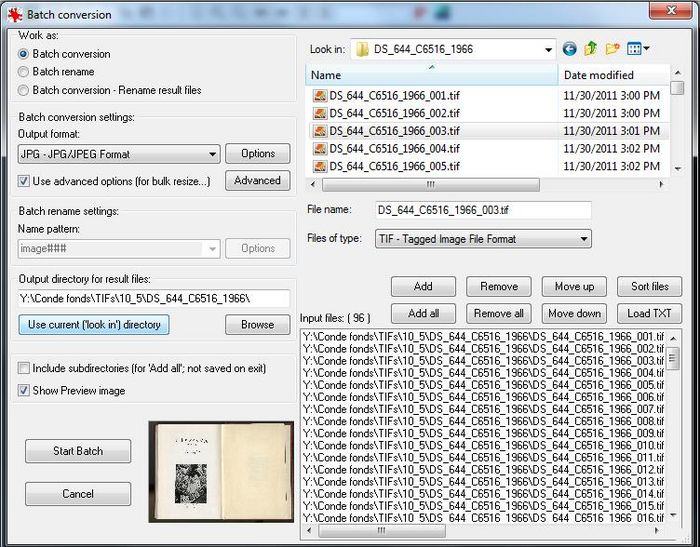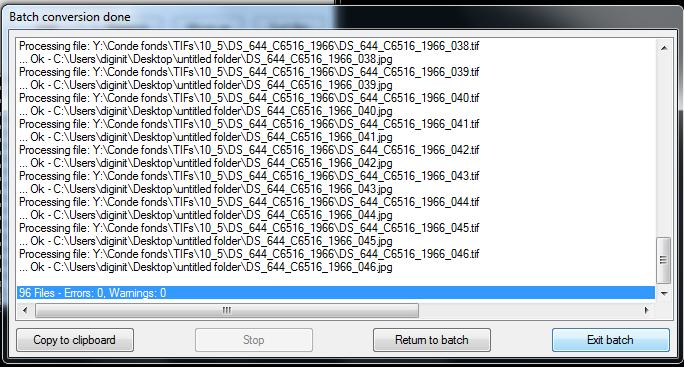Documentation:Toolkit for the Digitization of First Nations Knowledge/SECTION G: Photograph Digitization
Scanning
Depending on the type and size of document, you may need to use a variety of methods to digitize the material. The section following discusses the types of scanners available as well as their associated uses in digitization.
NOTE: There are examples of Brand and Model offered but they are by no means an endorsement of a particular scanner. The examples are included for the purposes of illustration.
Types of Scanners
Flatbed: This is the most common type of scanner but can vary widely in terms of cost ranging from $100 for an entry-level unity up to thousands for a high-end unit. Flatbed scanners sometimes do come with attachments for scanning negatives and/or slides. E.g. Epson Perfection Pro 700/750
Digital SLR Camera: This method of digitization is suitable for photographs that are larger than the platen surface of a flatbed scanner, but requires expertise in digital photography as well as purchase of additional equipment such as tripod, lights, light stands, etc. E.g. Canon EOS 5D Mark II
Sample Scanning Procedures
Depending on the type of scanner you select for your project, you will have to create procedures and workflows customized to the machine. For this toolkit, sample procedures have been provided for reference.
NOTE: These are sample procedures regarding the operation of the Epson Perfection Pro 700/750 using the software Epson Scan These procedures do not include details on the installation and set up of the machines on actual workstations.
Open EPSON Scan
Select the appropriate scanner for your workstation -- choose EPSON Perfection V700/V750. Click OK.
Two panels will appear. The left panel contains most of your settings and scan controls; the right panel is a preview window.
In the left panel ensure the following settings:
You are now ready to scan.
Under File Name enter the prefix as the root name you wish to use for your file or files (Please refer to Section B5: Naming Conventions). It is usually wise to append an underscore to the file name. EPSON Scan appends the Start Number to the file name and automatically incremented with each successive scan.
The Image Format Type should be TIFF (*.tif) for documents and photographs. The scanner will create an image file and save it to your desired folder.
For the next item the scanning software will automatically increment the 3-digit suffix.
Sample Derivative Processing
NOTE: These are sample procedures for the digital imaging software, IrfanView.
Once you have scanned your preservation copy, you may want to create copies/derivatives for print or screen access.
Open IrfanView.
Under the File tab, select Batch Conversion/Rename...
The Batch Conversion dialog window will open. Work your way from right to left to set the options/standards for your derivative files.
Look in: Browse to the directory/folder where your source image files are located
Once you are in the appropriate directory, you should see a list of all your image files in the dialog box.
If you do not see any files listed, use the drop down list beside Files of Type: to select the appropriate file format
If you are converting one or selected files, highlight the desired files and click Add. If you are converting all files in a particular folder, simply click Add all.
When you are finished adding files for conversion, you should see a listing of the selected files in the dialog box below.
Now moving to the left side of the Batch conversion dialog window
Work as: Batch conversion (conversion of image files without renaming), Batch rename (renaming of files without conversion), or Batch Conversion -- Rename result files
Batch conversion settings: Output format: JPG -- JPG/JPEG Format (or whichever format you desire for your derivative image files)
Check the box: Use advanced options [for bulk, resize...]
Click Advanced button to see more options
Check the box beside RESIZE:
Select radio button for Set new size:
Select radio button for Set long side to: and input the desired size for your derivative file (minimum of 800 pixels on the long edge for screen access file)
Beside Set new DPI value: input desired value for resolution (minimum of 150 dpi for screen access file)
Click OK button to return to Batch Conversion dialog window.
Under Output directory for result files, you can choose to use the same directory as your source files, i.e. Use current [look in] directory OR you can Browse to a desired directory for your derivative files.
Once you are satisfied with all your settings, click Start Batch to begin conversion.
If there are no Errors or Warnings once the batch has been processed, you may Exit batch.
